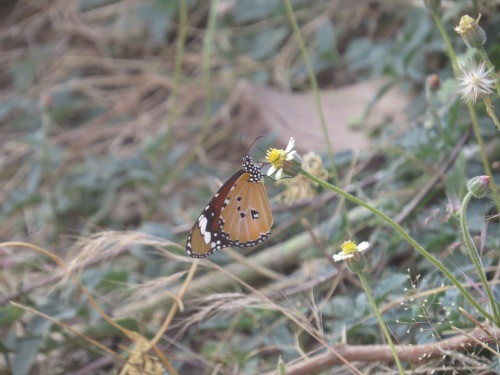
Keoladev National Park is the official name of the Ghana Bird Sanctuary in Bharatpur, Rajasthan. The national park is named after a Lord Shiv temple in the park by the same name & ‘Ghana’ refers to dense forest cover. It is spread over 29 sq.kms. Prince Harbhanji of Morvi State in Gujarat developed the area as a duck hunting preserve for the Maharaja of Bharatpur in his tenure as an administrator of Bharatpur in 1899. He actively had constructed bandhs & dykes to hold water to create marshes to attract the birds from far & near. The Bharatpur Maharaja handed over the sanctuary to the Rajasthan Government in 1956 to be run as a bird sanctuary & it was declared a National Park in 1981 & a Word Heritage Site in 1985 by UNESCO.

TIME LINE (Click to enlarge to read)

THE BAG & THE GUNS (Click to enlarge to read)
Anytime is a good time to visit the park because there is some or the other activity going on in the park.
From July to September The water fowls are nesting & breeding.
From October To February Migratory birds are arriving.
From March to June Resident birds are nesting & breeding.
The sanctuary is near the Golden Triangle of Jaipur-Delhi-Agra so is very well connected by road & rail while the nearest airports are Jaipur & Agra & Delhi.
According to the official records there are diverse species of water fowl, plants, mammals, fish,snakes, lizards,geckos,turtles, butterflies & other various life forms. But first & foremost it teems with birds & their call. 374 species of birds have been recorded.
The park is open from 6am to 6 pm. You have various option in how you visit the park. You can hire a cycle rickshaw to take you around the park (The driver doubles up as a guide too) or cycles, tongas & naturalist guides or electric van for big groups.

ENTRANCE TO THE PARK & THE CYCLE RICKSHAW STAND

PAINTED STORK

WATER BODY



POND HERON-PADDY BIRD

PAINTED STORK

SPOTTED DEER


THE PYTHON





PADDY BIRD IN FLIGHT


WATER SNAKE


SPOTTED DEER

ANTELOPE
BOMBAY NATURAL HISTORY SOCIETY (BNHS)
26.911845
75.794894























































































